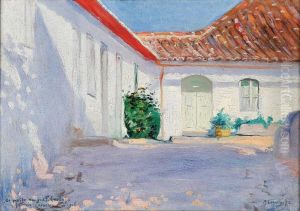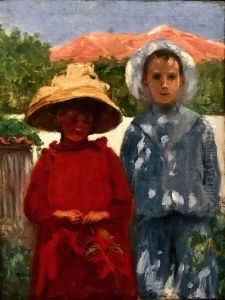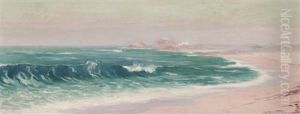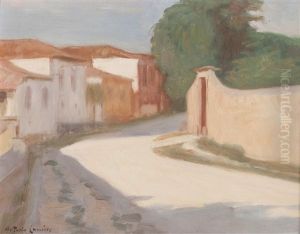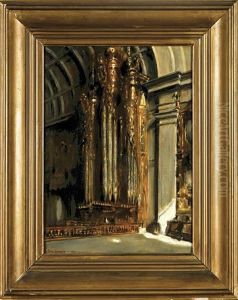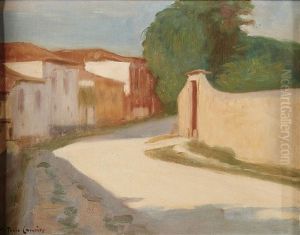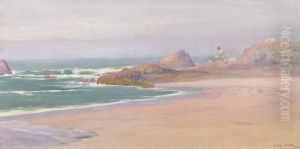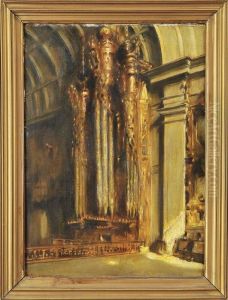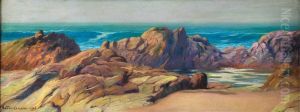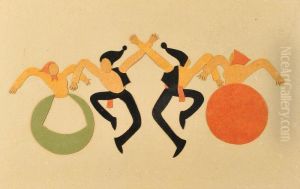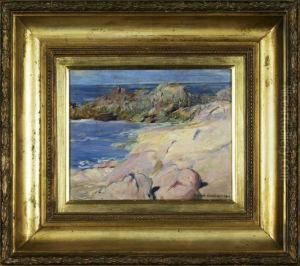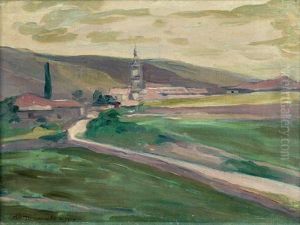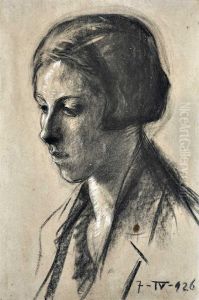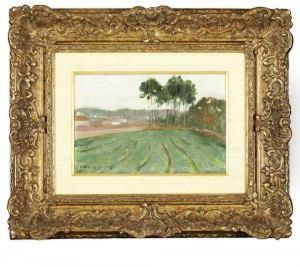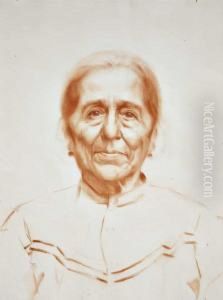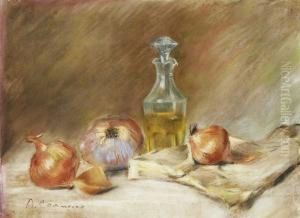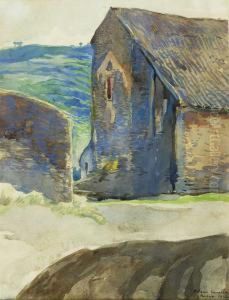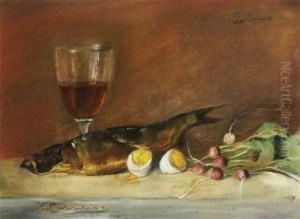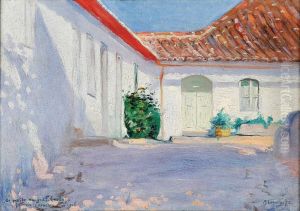Antonio Carneiro Paintings
Antonio Carneiro was a significant Portuguese painter, engraver, and illustrator, born on November 25, 1872, in Amarante, Portugal. His work is deeply rooted in Symbolism and reflects the broader European artistic movements of his time, including Impressionism and Post-Impressionism. Carneiro showed an early interest in the arts and initially trained under his father, who was also an artist. He furthered his education at the Porto Academy of Fine Arts, where he developed a foundational skill set that would inform his later work.
In 1898, Carneiro moved to Paris, a decision that marked a pivotal point in his career. There, he immersed himself in the vibrant artistic community, drawing inspiration from the works of contemporary European artists. This period in Paris was crucial for Carneiro, as it exposed him to a range of artistic styles and philosophies that would significantly influence his own style. Despite the impact of these movements, Carneiro's work retained a distinct, personal quality characterized by a profound sensitivity to color and light.
Upon returning to Portugal, Antonio Carneiro became an integral part of the country's artistic landscape. He was involved in several artistic groups and movements, advocating for the integration of modernist sensibilities into Portuguese art. His works during this period demonstrated a commitment to capturing the spiritual and mystical aspects of life, often incorporating elements of the Portuguese landscape and cultural heritage.
Carneiro's contributions to Portuguese art extended beyond his own creations. He was a respected teacher and mentor to a generation of Portuguese artists, sharing his knowledge and insights gained from his time in Paris. His influence helped shape the direction of Portuguese art in the early 20th century, bridging the gap between traditional practices and modernist innovations.
Antonio Carneiro's legacy is preserved in various public and private collections, both in Portugal and internationally. He passed away on April 11, 1930, in Porto, leaving behind a body of work that continues to be celebrated for its emotional depth and technical mastery. Through his paintings, engravings, and illustrations, Carneiro captured the essence of his time while contributing to the broader narrative of European art.
